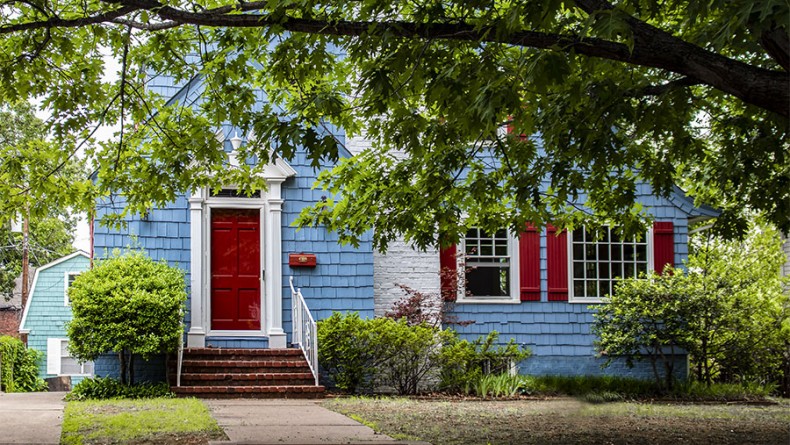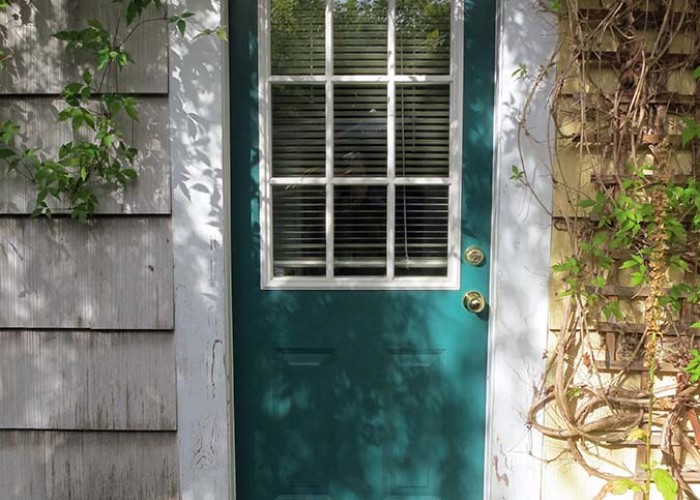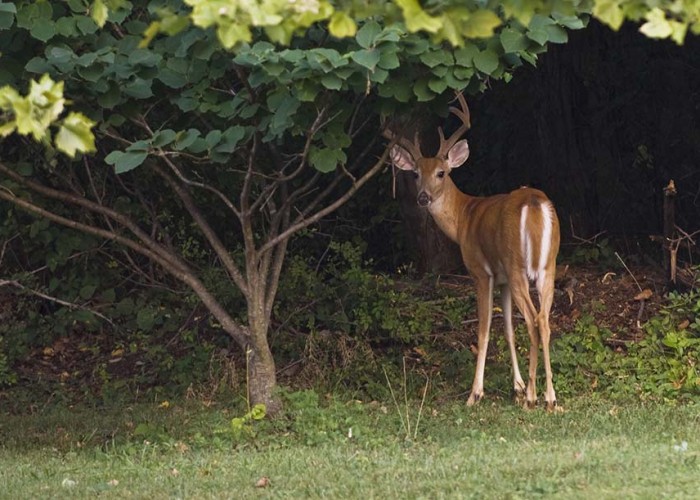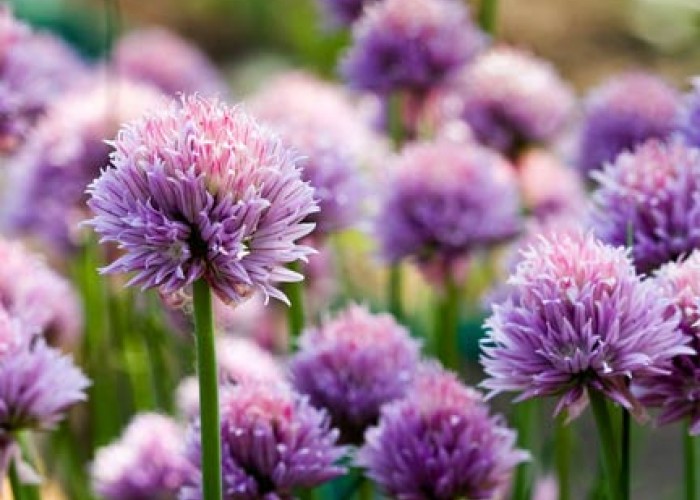Landscaping For Energy Efficiency
Stragegic placement can yield year-round benefits
By Derrill HollyThe approach of spring has many gardeners turning their attention to planting plans, but if your goal is energy efficiency, landscaping is an approach that can beautify your home and help you control energy costs for years to come.
Carefully positioned trees placed around a home can save as much as 25 percent of household energy use for heating and cooling, according to researchers at the Department of Energy’s National Renewable Energy Laboratory. Foundation shrub plantings can also help control costs by diffusing wind or solar heating to moderate thermal temperature transfers.
Meet your microclimate
For years, gardeners have used the U.S. Department of Agriculture’s Hardiness Zones as guidelines for plant stock selection, seasonal cultivation and projected harvesting. But understanding the impact of nearby vegetation, topography and soil science will help you know your yard better, providing more flexibility for landscape planning and potentially more options for using plants to control energy costs.
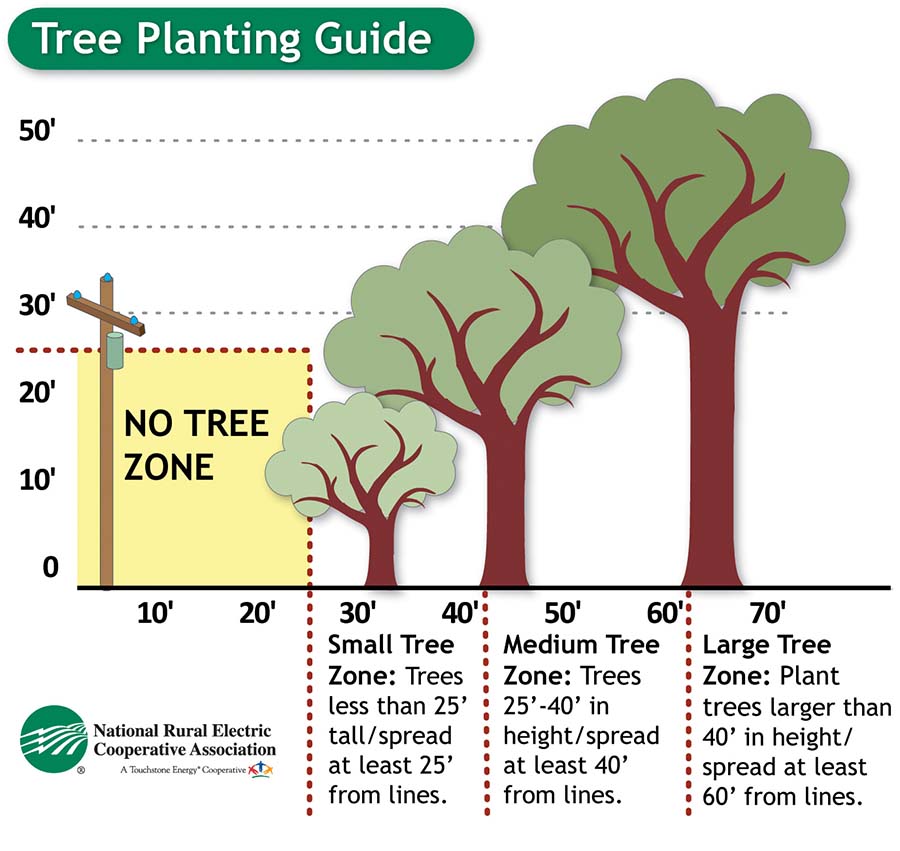
When planting trees, consider how large they will be when full grown and plant away from powerlines.
Trees at the top
No matter how much you love trees, you will want to plant them at a distance. Too close to foundations, pavement or plumbing means that root systems or maturing branches could damage foundations or roofs.
But planted in the right place, within five to 10 years, a fast-growing shade tree can reduce outside air temperatures near walls and roofs by as much as 6 degrees on sunny days. Surface temperatures immediately under the canopy of a mature shade tree can be up to 25 degrees cooler than surrounding shingles or siding exposed to direct sunlight.
Deciduous trees—those that lose their leaves in autumn—are great options for seasonal summer shade, according to the Department of Energy. Tall varieties planted to the south of a home can help diffuse sunlight, providing roof shading.
Shorter varieties of deciduous trees can be planted near exposed west-facing windows to help shade homes on sultry summer afternoons. Mass plantings of evergreens selected for their adaptability to regional growing conditions can be planted further away on a north or northwestern section of a yard to form a windbreak, shielding the home from frigid winter winds.
Deciduous trees with high, spreading crowns (i.e., leaves and branches) can be planted to the south of your home to provide maximum summertime roof shading. Trees with crowns lower to the ground are more appropriate to the west, where shade is needed from lower afternoon sun angles. Trees should not be planted on the southern sides of solar-heated homes in cold climates, because the branches of these deciduous trees will block some winter sun.
Using shade effectively requires you to know the size, shape and location of the moving shadow that your shading device casts. Trees are available in the appropriate sizes, densities and shapes for almost any shade application. To block solar heat in the summer but let much of it in during the winter, use deciduous trees.
To provide continuous shade or to block heavy winds, use dense evergreen trees or shrubs.
Going low
Trees, shrubs and groundcover plants can also shade the ground and pavement around the home. This reduces heat radiation and cools the air before it reaches your home’s walls and windows. Use a large bush or row of shrubs to shade a patio or driveway. Plant a hedge to shade a sidewalk. Build a trellis for climbing vines to shade a patio area.
To ensure lasting performance of energy-saving landscaping, use plant species that are adapted to the local climate. Native species are best, as they require little maintenance once established and avoid the dangers of invasive species.
Properly selected, placed and maintained landscaping can provide excellent wind protection, or windbreaks, which will reduce heating costs considerably. And the benefits from these windbreaks will increase as the trees and shrubs mature. After a little research and planning, you’ll be well on your way to a beautiful, energy efficient lawn.
Safety first
Whenever planting trees or large shrubs, be sure to have underground utility lines marked first (call 811 at least a few days ahead of your project) and plant well away from overhead lines or pad-mounted equipment. Contact your electric co-op for more information.
About the Author
Derrill Holly writes on consumer and cooperative affairs for the National Rural Electric Cooperative Association, the national trade association representing more than 900 local electric cooperatives.-
Keep your landscape in check
-
Share this story:

